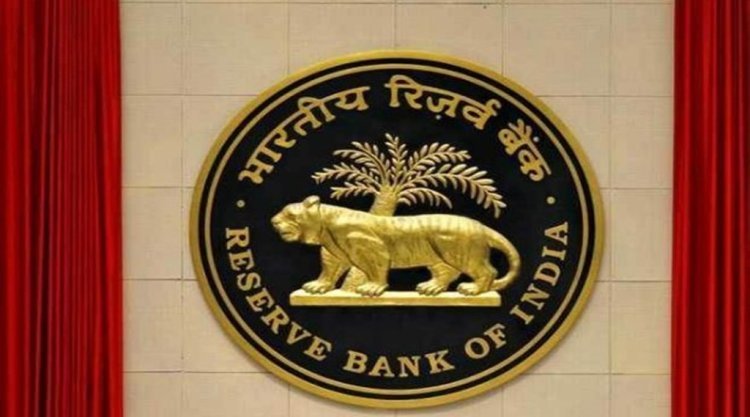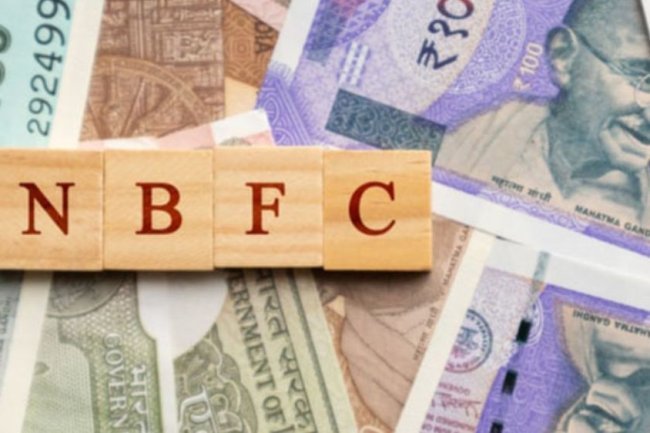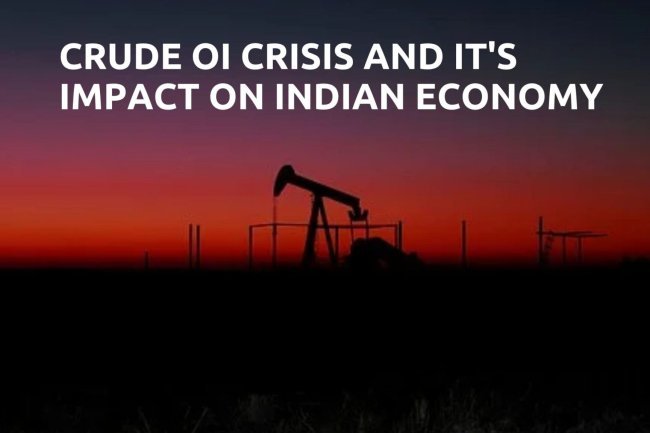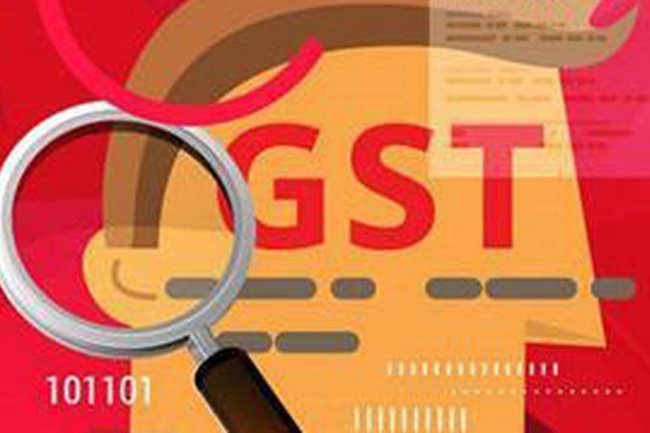RBI Report Highlights Narrowing Credit-Deposit Growth Gap, But Warns of Ongoing Challenges

RBI Report Highlights Narrowing Credit-Deposit Growth Gap, But Warns of Ongoing Challenges
The gap between credit and deposit growth in Indian banks, a significant concern for the Reserve Bank of India (RBI) over the past two years, is finally shrinking, as noted in the central bank's latest State of the Economy report. As of September 6, the gap had reduced to just over 200 basis points (bps), a sharp decline from more than 700 bps at the beginning of 2024. Bank loan growth moderated to 13.3%, while deposit growth improved to over 11%.
The report, which is part of the RBI's monthly bulletin, observed that banks have been addressing the challenge of slower deposit mobilization by increasingly relying on certificates of deposit to meet funding needs. To encourage more deposits, banks are offering higher interest rates, with over two-thirds of term deposits now earning 7% or more.
Although narrowing, the gap between credit and deposit growth still requires attention. During the August monetary policy review, RBI Governor Shaktikanta Das warned banks against relying too heavily on short-term non-retail deposits and other liability instruments to meet incremental credit demand.
The report also raised concerns about microfinance institutions, advising them to slow down loan growth due to rising non-performing assets (NPAs). It emphasized that asset quality issues within the sector warrant caution. Additionally, the report highlighted risks in the private credit market, particularly in fintech lending, which now holds over 52% of the personal loan market. While fintech lenders are increasingly turning to private credit for funding, the resilience of this market during a credit downturn remains uncertain.
On the inflation front, the report welcomed the fact that headline retail inflation has stayed below the RBI’s 4% target. The report noted that the vegetable price shocks that contributed to food inflation earlier in 2024 are easing, suggesting the worst may be over. Although a base effect could impact the September inflation figures, the outlook for international crude oil prices remains favorable. The report projected that headline inflation could average 4.5% in the second half of the 2024-25 fiscal year, as indicated in the August 2024 resolution of the Monetary Policy Committee, while warning that food price volatility remains a potential risk.
With inflation easing, household consumption is expected to have strengthened in the July-September quarter, driven by a recovery in rural demand and increased hiring by e-commerce companies ahead of the festive season. The report also noted growing demand for fast-moving consumer goods (FMCG), as companies target older consumers with health-focused products in response to rising life expectancy.
Regarding the Q1 GDP figures, the report highlighted strong domestic growth drivers, particularly private consumption and gross fixed investment. Net exports provided additional support to GDP growth, while the underperformance of the agricultural sector was offset by a robust manufacturing sector and resilient services.
Click Here to Visit
What's Your Reaction?
















